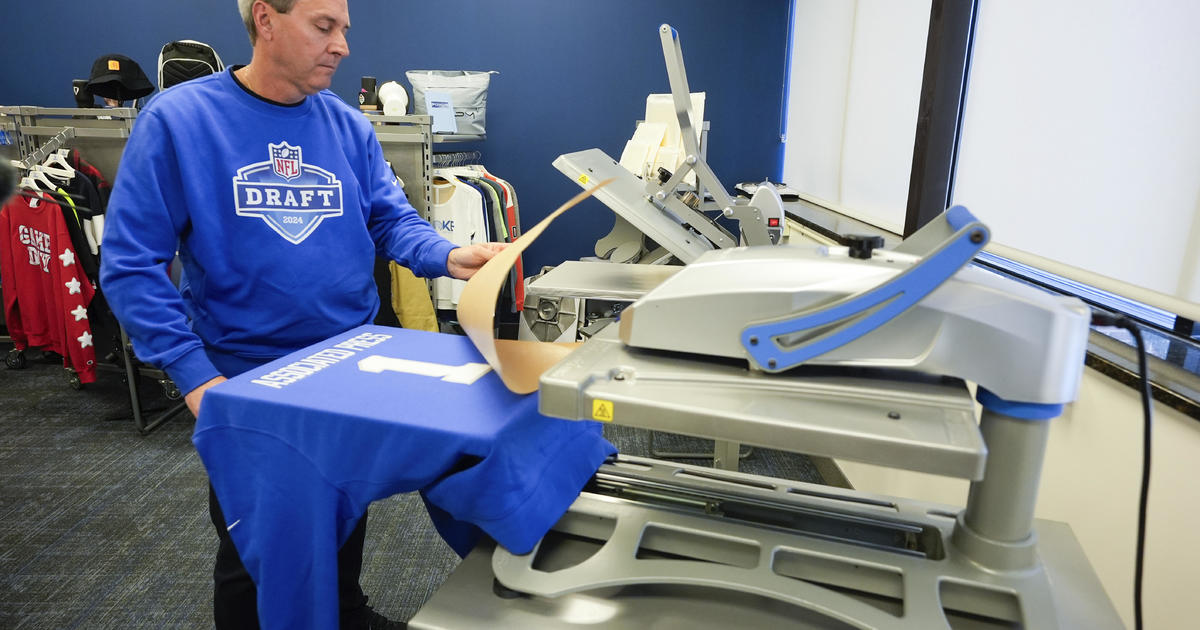New Studies Show Exercise Is Best for Joint Injuries
Extensive studies reported by the New York Times explode two commonly held myths about treating shoulders and other injured joints.
Those studies highlight the effectiveness of exercise and downplay corticosteroid injections and the practice of resting an injured joint or tendon.
Those findings have long been confirmed in the practice of a Traverse City family physician who has developed a remarkable therapy device that relies upon daily exercise sessions of four minutes to eliminate pain from rotator cuff or other shoulder injuries.
"I am in total agreement with the study findings that the worst thing you can do is rest the injured joint, and another waste of time is getting a series of corticosteroid injections," says Michael Carroll, M.D., of Traverse City who cured himself of shoulder pain with a makeshift device that he then fully developed into Rotatoreliever, available to anyone suffering from shoulder pain.
The New York Times reported that a review of 41 high-quality studies involving 2,672 patients revealed only short-term benefits from corticosteroid injections for tennis elbow, sometimes with poorer long-term results than doing nothing at all.
The studies also showed that resting an injured joint does not provide an opportunity for the shoulder, elbow or other injured joint to get better. Instead a regular regimen of exercise will advance healing by increasing the flow of blood to the injured joint.
"The stronger the shoulder muscles are when the tendinopathy calms down, the better the shape the shoulder is to take over movement without any further injury," said Marilyn Moffat, president of the World Conference for Physical Therapy. "You don't want the muscles to weaken, which is what happens when you rest and do nothing. That leaves you vulnerable to further injury."
The principal benefit of this device, Carroll said, is that it increases the flow of blood to the injured shoulder during only four minutes of exercise resulting in almost all cases in healing after 40 days.
For many persons, the major benefit is that they can avoid medications and can cancel scheduled shoulder surgeries which are costly (typically $12,500) and require intensive rehab afterwards and extensive time off work. For most people who suffer from rotator cuff pain, frozen shoulder or shoulder bursitis, it's enough to return to normal day to day activities.
"Most patients feel better when they wake up after the first night sleeping with the Rotatoreliever brace in place," said Carroll, founder and president of Jointsmart, LLC. "Most feel much better within 10 days, and those who follow the 40-day prescribed program will be pain-free or I will return their money."
The device is available at $129.95 which includes dynamic stabilization progressive weights, the night-time sleeping brace, an instructional DVD and a carrying case.
The treatment involves four minutes a day of exercise with progressively weighted balls and wearing the comfortable brace at night on the side where the shoulder pain occurs. Rotatoreliever, which was tested by a private, independent research study, has a patent pending and is awaiting approval by Medicare and major health insurance companies.
Carroll earned a BA degree from the University of Notre Dame and his M.D. from Wayne State University, Detroit. He completed his residency at the University of Wisconsin, where he served as chief resident. He is co-founder and a senior partner at Creekside Clinic in Traverse City and is serving as an associate clinical faculty member at Wayne State University.



